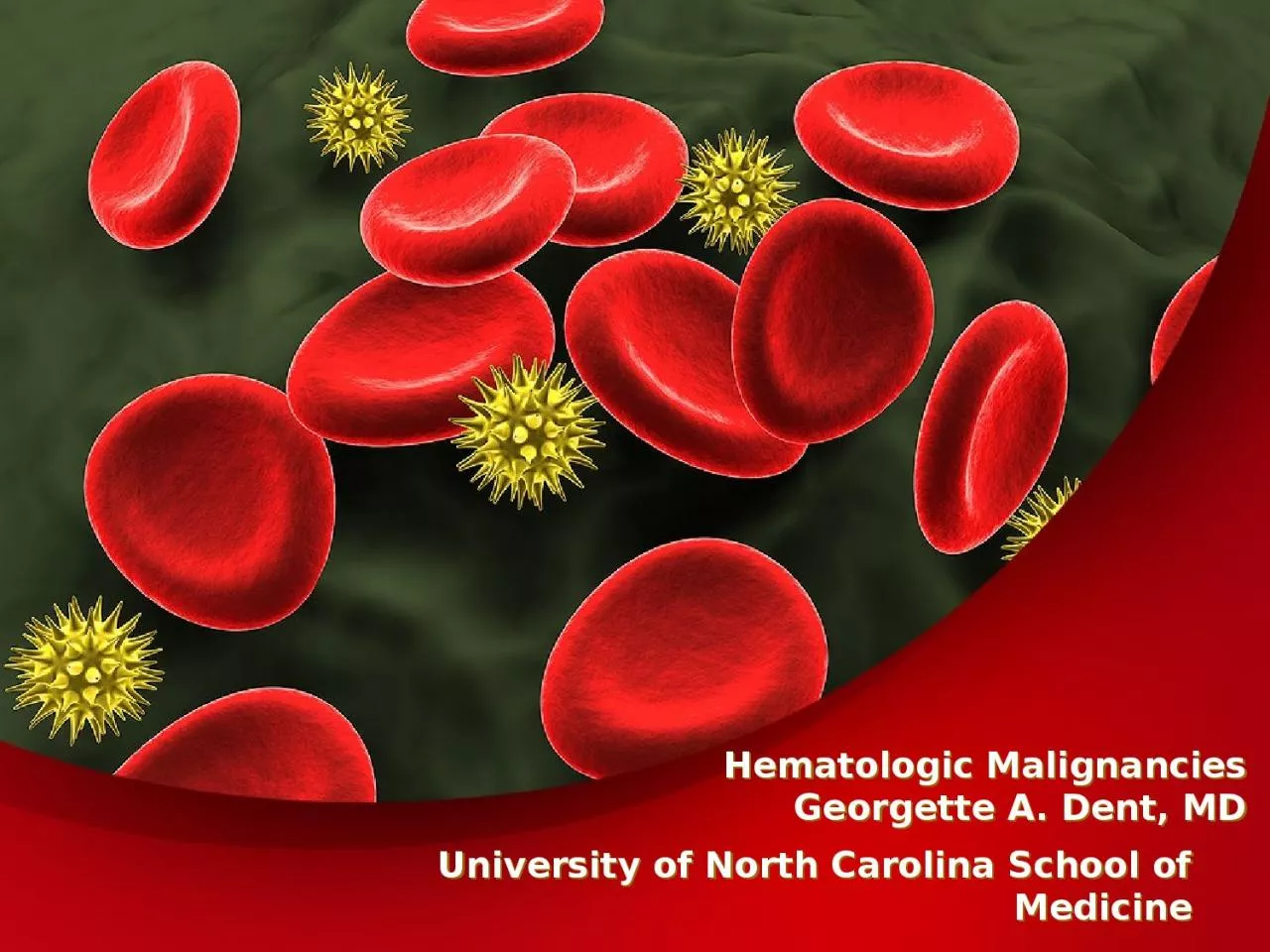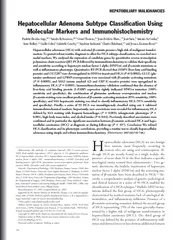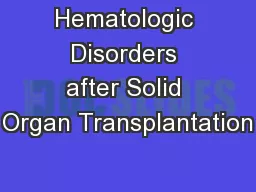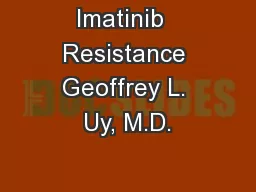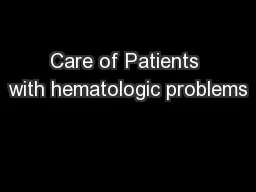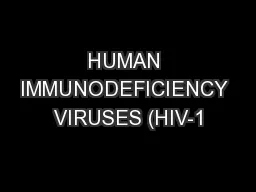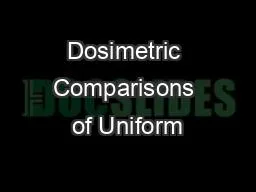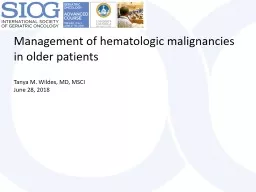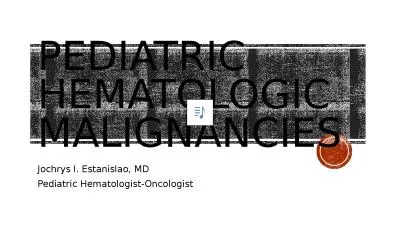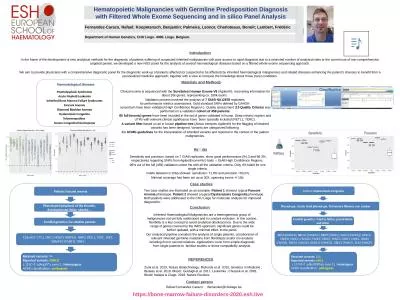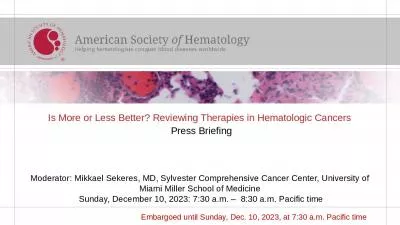PPT-Hematologic Malignancies
Author : tabitha | Published Date : 2024-01-20
Georgette A Dent MD University of North Carolina School of Medicine Objectives To review normal peripheral blood bone marrow and lymph node pathology To briefly
Presentation Embed Code
Download Presentation
Download Presentation The PPT/PDF document "Hematologic Malignancies" is the property of its rightful owner. Permission is granted to download and print the materials on this website for personal, non-commercial use only, and to display it on your personal computer provided you do not modify the materials and that you retain all copyright notices contained in the materials. By downloading content from our website, you accept the terms of this agreement.
Hematologic Malignancies: Transcript
Download Rules Of Document
"Hematologic Malignancies"The content belongs to its owner. You may download and print it for personal use, without modification, and keep all copyright notices. By downloading, you agree to these terms.
Related Documents

